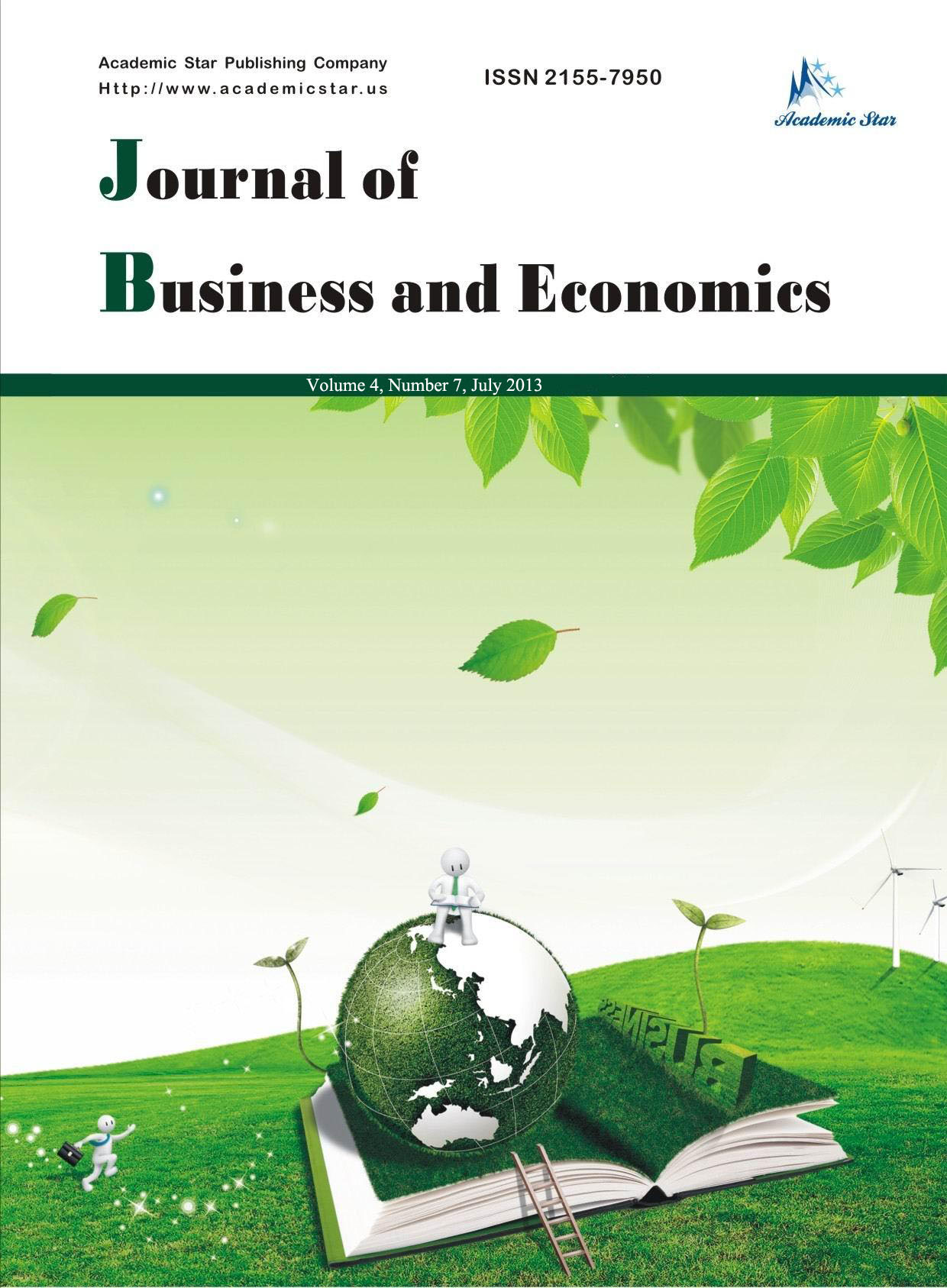Economics

- ISSN: 2155-7950
- Journal of Business and Economics
Indexing of State Tax Collection Variability
R. Wayne Counts, Wilma Dye
(University of Texas of the Permian Basin, USA)
Abstract: Over the years researchers have performed several studies on the various states tax regimes and its stability. From time to time states face large budget shortfalls and have to scramble in order to cut expenditures or issue bonds to cover the shortage. One of the complications that states face is that not all taxes respond with equal variability to economic conditions. Additionally, economic factors influence some states greater than others. Choosing the particular tax mix that a state uses is a political decision that is influenced by a number of factors that include of historic, regional and economic issues. It is not a foregone conclusion that politicians would necessarily want an entirely stable tax regime, it is entirely possible that they could wish for a lighter tax burden when economic times are difficult, or conversely they could look for taxes that may be inversely correlated since the state would need to provide more services for their constituents. This study does a statistical analysis of the various taxes that states use and to create an index similar to the concept of Beta that is used in investing to show the degree of variability that different taxation methods generate. Six years of data was analyzed to provide the rate of change in collections of four major classes of tax; sales and use, individual income tax, corporate income and franchise tax, and natural resources) from 44 states in order to determine the volatility of that source of income. The results of this study show that sales and personal income taxes are relatively stable while resource and corporate taxes show high fluctuations relative to overall collections.
Key words: State Taxes; tax variability; tax stability
JEL codes: H2, M4






